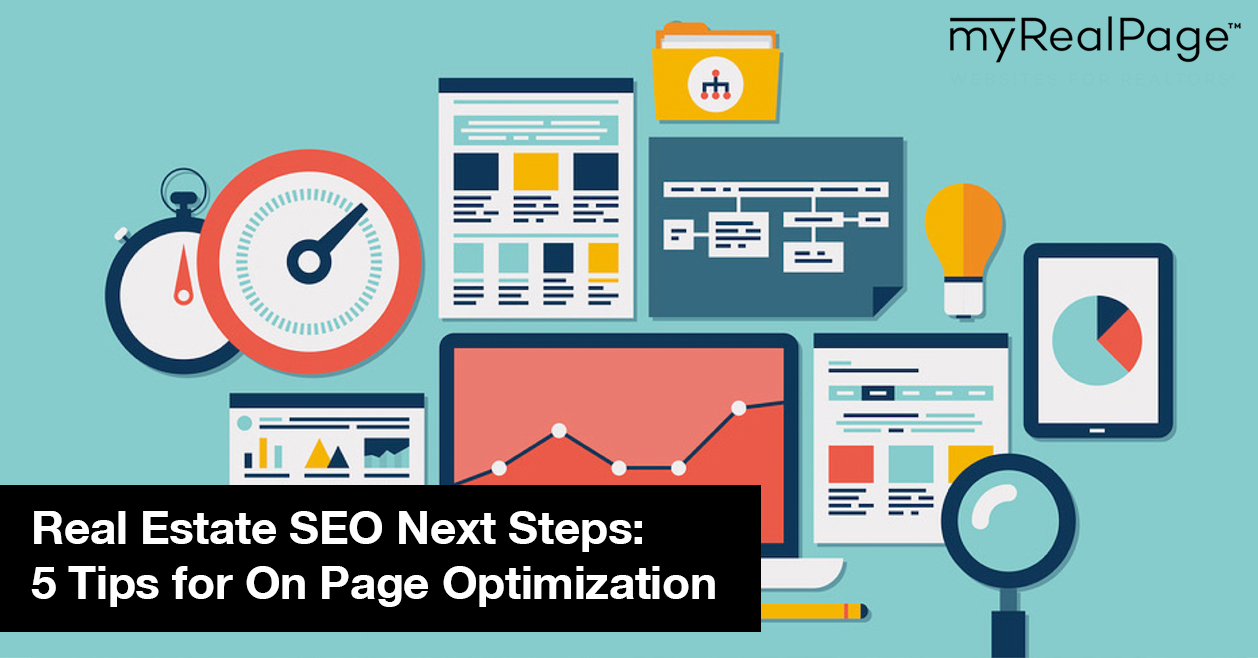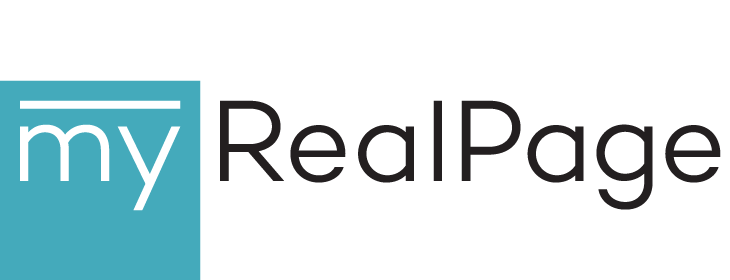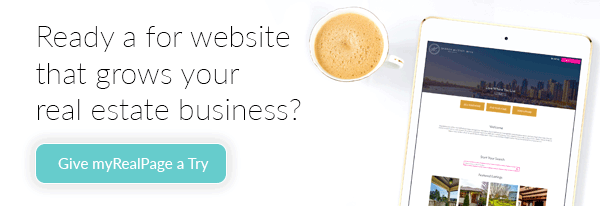Real Estate SEO Next Steps: 5 Tips for On Page Optimization

In our last real estate SEO article we covered some basic tips for setting up your real estate website and strategy so that you can begin optimizing your myRealPage website. The following list is a highly recommended set of SEO steps that we feel are imperative for increasing your rankings and visibility in search engine result pages.
1. Keywords – A keyword is a set of words that people use when searching with search engines.Doing keyword research is the foundation of your real estate SEO strategy because these are the words you’ll be optimizing your website for.
To begin your keyword research, sign up for a Google account and go to Google’s Keyword Planner and insert your ideas. The planner will show information on your input and also make recommendations for other keywords in relation to your input. Important points to note are the competition level of the keyword, the average monthly searches and the length of the keyword itself as the length will determine how many keywords you can fit into your title tag. Click here to learn how to add keywords to your site.
 2. Title Tags – Every real estate website has a title tag for every page but many websites fail to make good use of them. Title tags are one of the most important SEO elements on a website and they should be different for every page. Title tags appear as links in Google’s search result pages with a description of your website provided below.
2. Title Tags – Every real estate website has a title tag for every page but many websites fail to make good use of them. Title tags are one of the most important SEO elements on a website and they should be different for every page. Title tags appear as links in Google’s search result pages with a description of your website provided below.
A descriptive title tag with keywords will help the searcher understand that your website can answer the questions that they are looking for. Limit your title tags to 70 characters or less as Google will only display the first 70 in its result pages. Click here to learn how to update the title tags for your pages.
3. Headings – Headings are also very important, especially the H1. H1’s should include keywords and there should only be one H1 per page. To ensure your page only has one H1 right click on some whitespace on your page and click view source. Once you’re in the source code hit Ctrl + F and search for H1 and change any H1’s to H2 that you feel are less important than your main Heading.
4. Content – We recommend including 300 – 400 words of text on your pages when possible. This allows you to insert 3 to 4 keywords so it flows naturally. It also provides enough room to explain your value proposition and why your visitors should deal with you. Include some internal links to your other major pages.
We also recommend including nice formatting including bullet points, small paragraphs, with bold and italicized font. Some times it is just not possible to include this many words. It just doesn’t look right, or there just isn’t that much to say about a topic. Do your best to include relevant content and shoot for the amounts above but they are not a hard and fast rule.
5. Meta Descriptions – Although the Description Tag doesn’t do anything for your rankings it is very important because it appears right under the link to your website in Google search results. This is your chance to convince searchers to click on your website instead of the others. It should give prospects reasons to come to your website – whether its compelling marketing copy or if it simply answers their question. Click here to learn how to add a description to your page.



